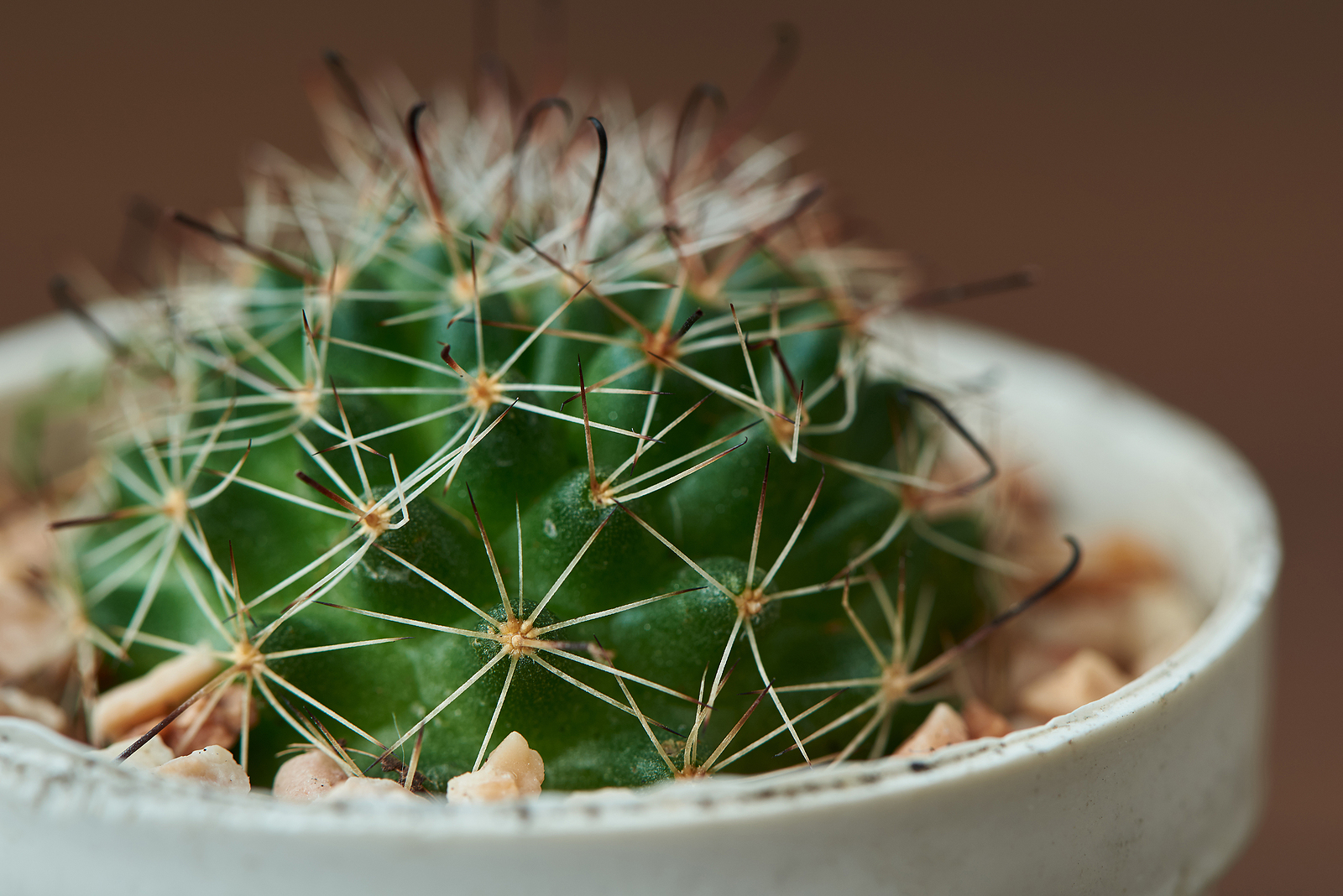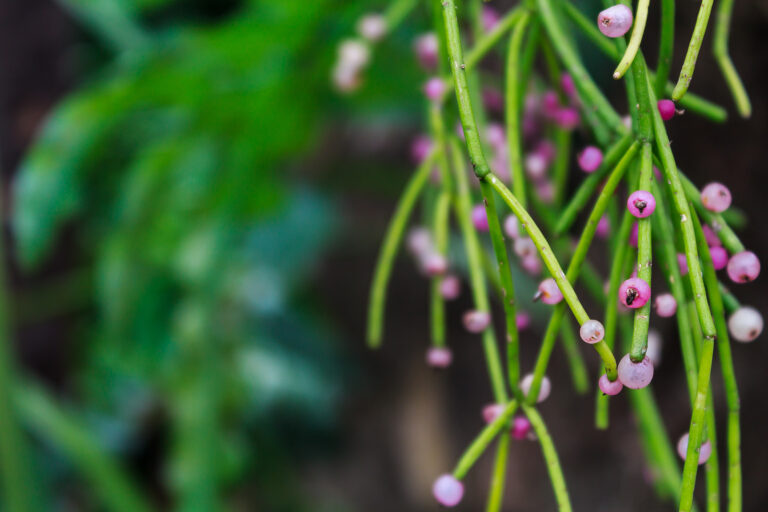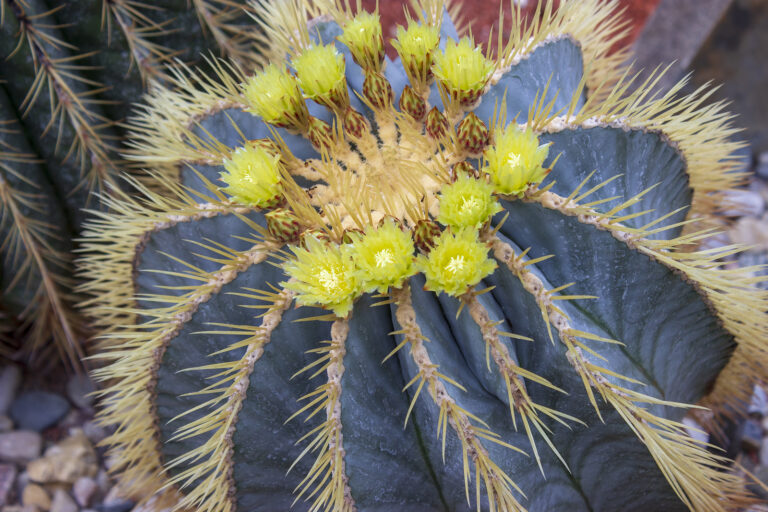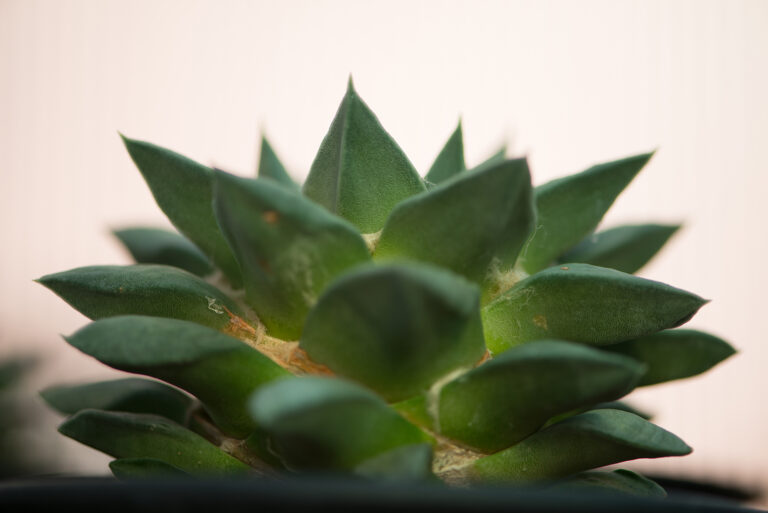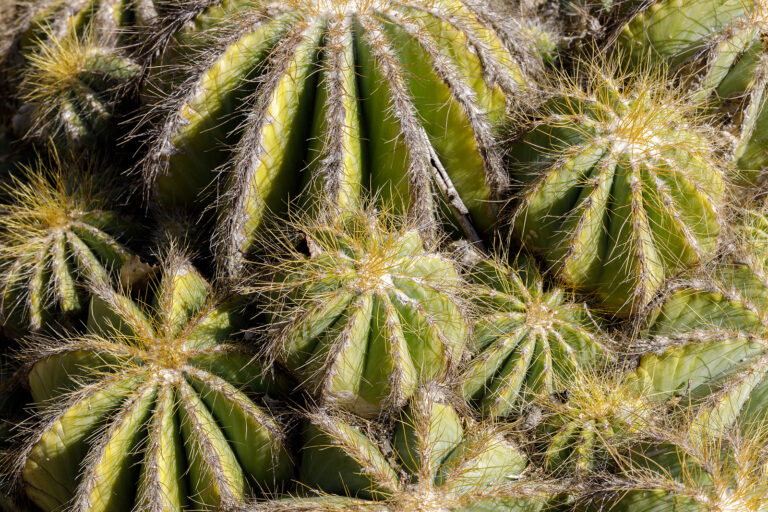How to Grow Discocactus – Melon Cactus
Discocactus is a barrel-shaped cactus that grows no taller than 6 inches high. It has a wide and round body with many ribs and thick spines. Discocactus bears large whitish, funnel-shaped flowers that open at night.
Discocactus are demanding and difficult to grow. They want an airy and warm bright location. The soil must be porous and mineral-rich. They can not get cold in winter; they want temperatures between 54° and 59℉ (12-15℃). A well-lighted greenhouse is one of the best places to grow Discocactus.
Discocactus flowers from a cephalium at the crown. The flowering head is composed of cottony fibers and a few bristles. Flower buds emerge in the late afternoon, open in the evening, and fade the following morning.
Discocactus is native to Brazil, Paraguay, and Bolivia.
Get to know Discocactus
- Plant type: Cactrus, melon cactus
- Hardiness temperature: 50℉ (10℃)
- Shape and size: Grow to 6 inches tall; wide and round bodies
- Flowers: Large, whitish, funnel-shaped flowers; flowers appear from cephalium; blossoms open at night
- Bloom time: Summer
- Common name: Discocatus, melon cactus
- Genus name: Discocactus
- Family name: Cactaceae
- Origin: South America
Planting Discocactus
- Grow Discocactus in an airy, warm location.
- Grow Discocactus in porous soil that is mineral rich.
- Grow Discocactus in a sunny spot.
How to water and feed Discocactus
- Water Discocactus only with calcium-free, slightly acidic soil. Wet soil will kill Discocactus.
- Feed Discocactus with a cactus fertilizer during the growing season.
Discocactus care
- Discocactus need a warm, well-lighted location with rich, fast-draining soil.
Discocactus species to grow
- Discocactus alteolens. Grows to 4 inches tall, including cephalium; large; woolly mass is dark gray, almost black but turns lighter with age; fragrant white flowers appear at dusk and are gone by morning are gone.
- D. placentiformis. Grows to 5 inches tall has flattened, curved spines and slender and tubular pink flowers.

